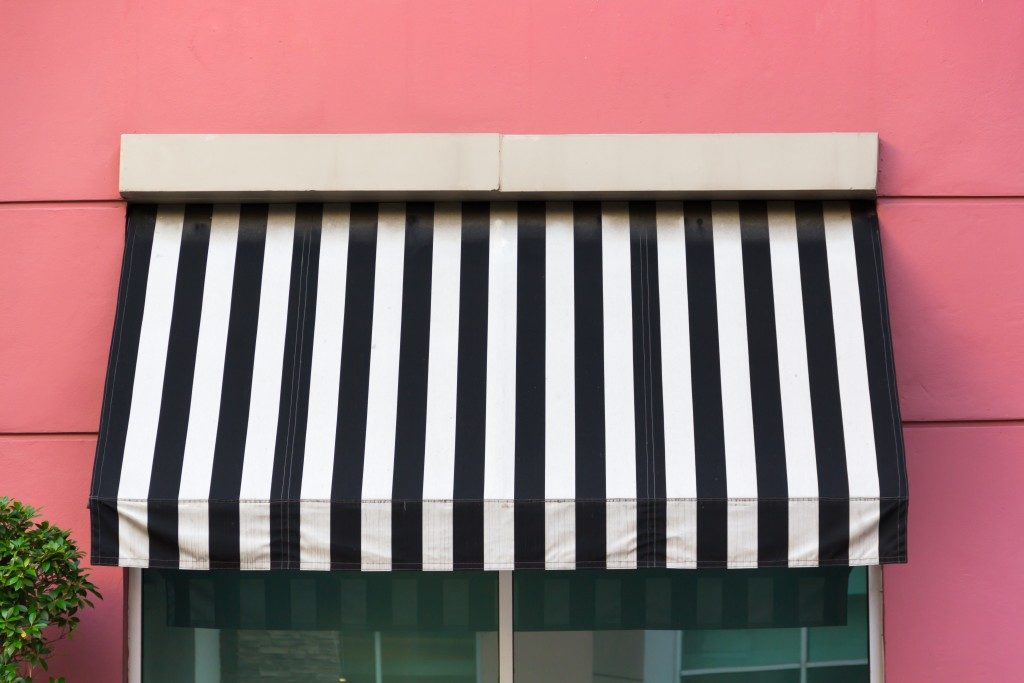Sunlight is vital for life as we know it. But aren’t there times when you wish there were just a little less of it?
Think of the days when that harsh glare makes you squint for want of sunglasses. Or the summers when you need to install outdoor sun shades, not just for cooling, but to protect your hardwood floors, fabric, and upholstery.
As with many life essentials, we don’t want to do away altogether with solar radiation. We want optionality, much like we get to control the flow of water through a tap or choose what food we buy from restaurants or supermarkets.
But when you live on the surface, it’s impossible to make daylight optional. For that to happen, you’d have to consider living underground.
Escaping the surface

Archaeological evidence proves that early humans lived in caves. They likely appreciated the fact that subterranean conditions offer the advantage of thermal comfort. Temperature ranges average 17-23ºC, with minimal daily fluctuations at a depth of about 5 meters.
Living beneath the earth’s surface doesn’t just keep you cool by avoiding solar energy. The moisture level is also stable, with an average of around 50% relative humidity.
And along with escaping the increasing temperatures being ushered in with the age of global climate change, you’d also have reduced exposure to the threat of air pollution.
Modern engineering methods and technology can also overcome potential issues that might come up if many people were to relocate underground or do so in colder climes.
We’re already using resistive heating in many appliances. Aerothermal pumps and tapping geothermal energy are further options to heat underground structures and even entire cities if the conditions are too cold.
Data shows that heating and cooling systems account for the greatest amount of energy expenditure in our homes. And when combined, residential and commercial structures account for 40% of all US energy consumption.
This means that if we could migrate beneath the surface of the earth, we wouldn’t just be avoiding the discomfort of climate change. We’d also be reducing a large source of emissions and helping to solve the crisis.
Problems of going deep
The concept of building underground isn’t new. Today’s megacities like New York, London, and Tokyo have all constructed significant underground networks. Data centers and fallout shelters are built underground as well. Scientists house sensitive equipment like the Large Hadron Collider deep below the surface.
The point is that experts in multiple fields are well-aware of the benefits offered by subterranean conditions. Yet we don’t see them being applied as solutions to the need for new housing or office real estate.
There’s no denying that the burgeoning population of our cities presents a problem. Urban sprawl can only extend so far, and every square meter becomes that much more valuable as the demand goes up.
Historically, city development has solved this problem is through verticality. And while that can work both ways, it’s far easier to construct upwards, where the air offers no resistance. We build skyscrapers, not earth earthscrapers.
Other factors likely play a part in the general resistance to living underground. The threat posed by flooding is significant. People still want to live in proximity to natural light and green spaces. There are probably engineering solutions to those issues, but they come at a cost.
Ultimately, economic considerations are the main constraint on our collective ability and willingness to shift homes and cities underground.
Waiting for a tipping point
They might be exceptions to the rule, but there are real-world historical examples of large populations living underground.
The region of Cappadocia is famous for its underground cities. These multilevel, self-sustaining complexes may have housed north of 20,000 people, dating from the Byzantine era to the Ottoman Empire.
But what made their construction possible were unique conditions and social pressures. The ground in the area is dominated by volcanic tuff, which is light and porous. And the people of those times needed refuge from the unfolding conflicts with Arabs, Mongols, and Turks.
It’s a similar story of unique circumstances with the Australian town of Coober Pedy. Built around the opal mining industry, the residents benefit from having underground infrastructure already laid down. The heat of the outback also encourages them to find shelter below ground.
Maybe the future does hold some promise for underground real estate. We know that the climate crisis won’t be reversed easily, and its effects may persist for years afterward.
But it seems we’re not yet at that tipping point where multiple factors combine to make living underground more attractive than the default. For the time being, it’s cheaper and easier to live on the surface and find ways to cope with the constant bath of daylight.




